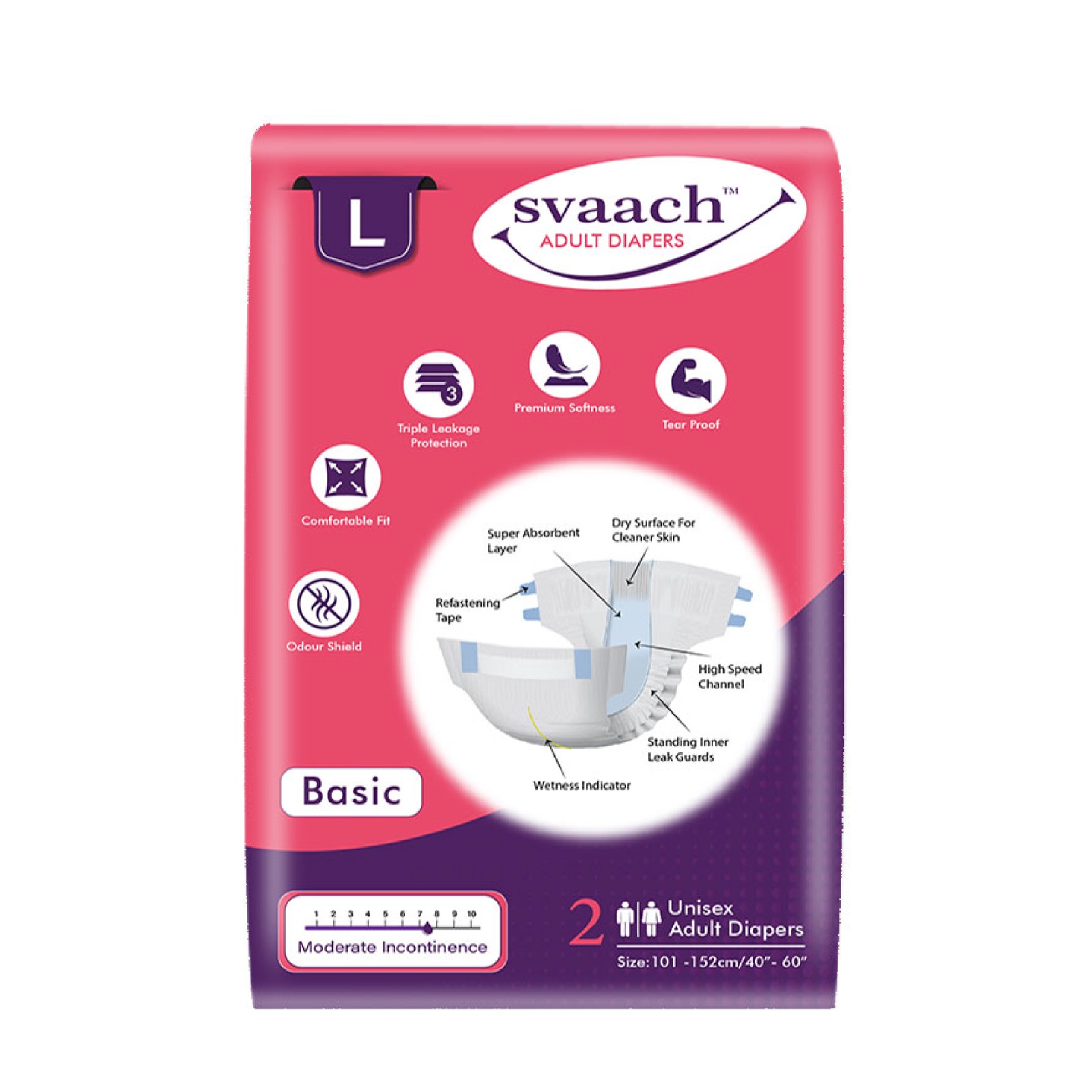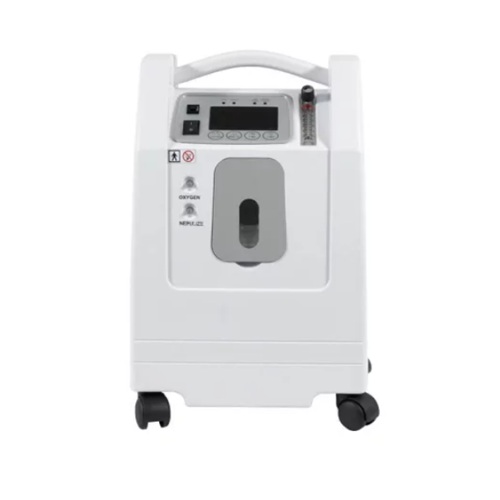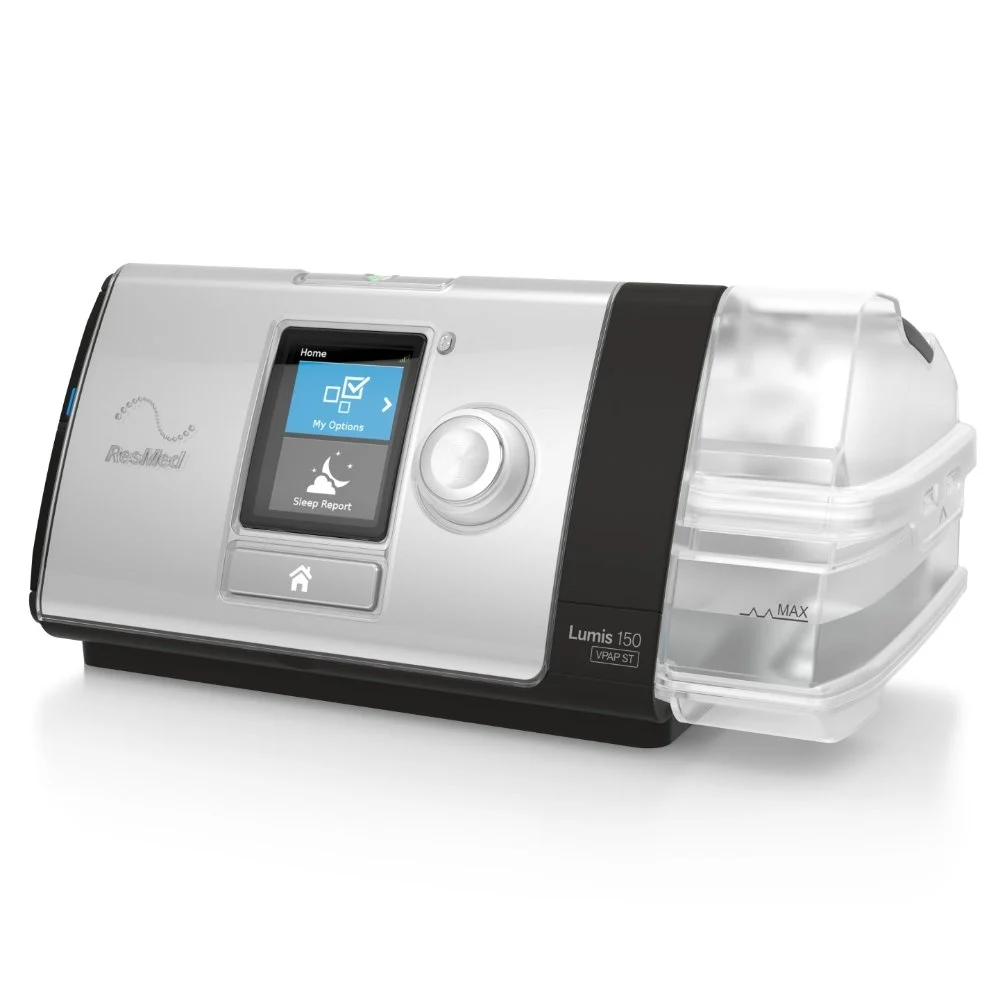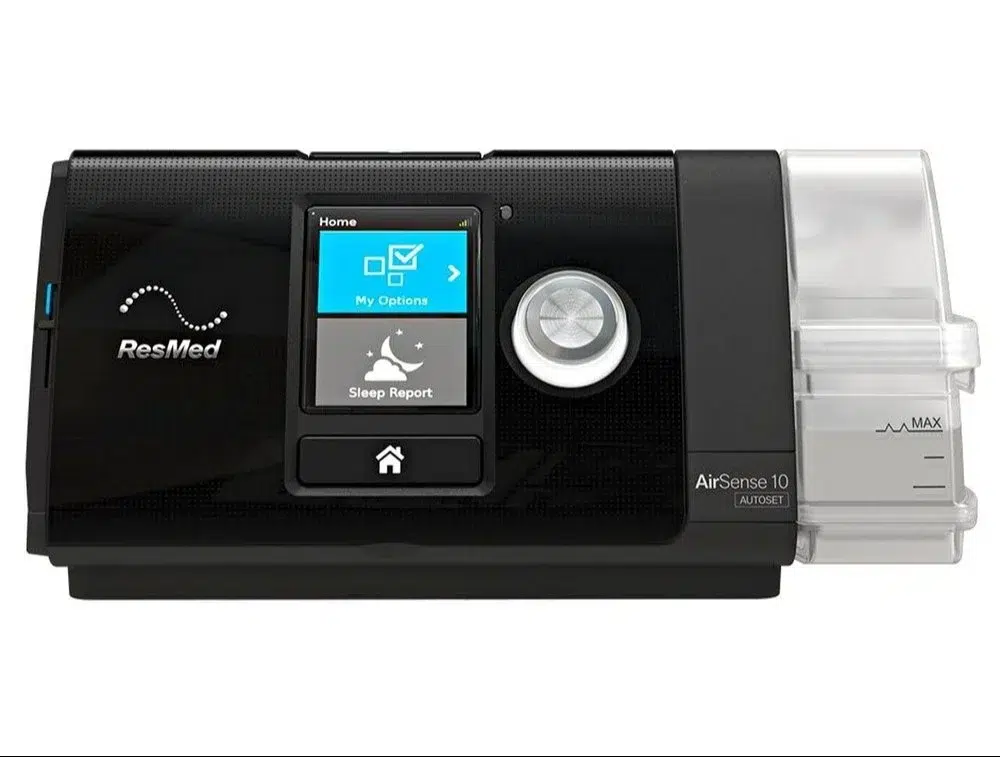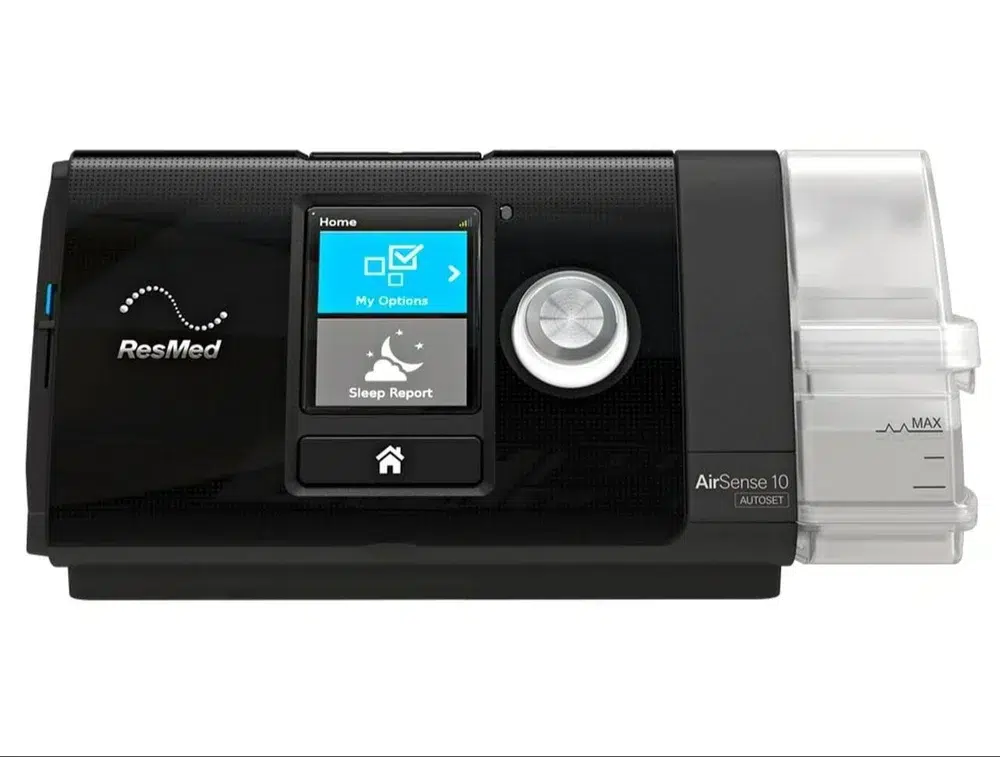3 Healthcare IT solutions Tackling Medical Price Transparency
What is Price Transparency in Healthcare?
Healthcare price transparency allows individuals to compare prices for different treatments and providers, enabling them to make informed decisions about their care. With more transparency, patients can ensure that they are getting the best care at the most affordable price, and providers can ensure their rates are competitive. Price transparency also helps promote competition in the healthcare industry by encouraging providers to be more competitive in terms of price and quality. Furthermore, it can help reduce the amount of unnecessary and wasteful spending in healthcare, resulting in overall cost savings for everyone.
For payers, healthcare price transparency promotes value-based care decisions. In addition, private insurers have their own set of CMS Hospital Price Transparency Rule deadlines. As of July 1, 2022, insurance companies have been required to provide publicly available, machine-readable files that include pricing data for both in-network and out-of-network spending.
Transparency, beyond being a regulatory requirement, is a significant improvement to the patient journey – benefiting not just the patient but the provider, which typically sees improved collections and patient satisfaction.
Patients and consumers are now especially disadvantaged when it comes to the lack of transparency around the price and cost of healthcare products and services. Shielded in the past by comprehensive public or private insurance coverage, consumers are faced with substantial increases in cost sharing.
There are a number of healthcare price transparency companies that provide customers with the necessary information to compare prices for different treatments and providers. There are some popular companies providing price transparency in healthcare, such as:
Change Healthcare offers a suite of tools to help consumers compare and save on healthcare costs. True View, the company’s healthcare price transparency tool, contains data on over 500 medical services and more than 4,000 prescriptions. The company’s predictive engagement software helps payers reduce their costs by identifying and engaging with plan members who are likely to need expensive procedures. Their practical approach to AI focuses on making healthcare more efficient and cost-effective.
Today, solutions and services across their portfolio use AI to help customers improve payment accuracy, reduce denials, enhance payment forecasting, and slash administrative overhead.
Another company – Clear Health Costs – offers real-time pricing on tens of thousands of procedures from healthcare providers across the US. Their platform relies on a provider pricing survey, consumer-focused reporting, data journalism, and crowdsourced information to tell people what things cost and help them navigate the healthcare system. Users contribute information from procedures they’ve undergone – including provider name and location, the total cost of the procedure, and how much their insurance covered – to a searchable database that can help others shop around for the same procedure.
As companies are investing more and more in healthcare software development, vital information becomes easier to extract and process. Providing an online marketplace for health services makes it easier for consumers to find the most affordable providers for their care. On top of that, another company – Castlight Health – provides “high-tech and high-touch support” which differentiates them from some others in this space with the promise of personalized communication with plan members, improving engagement and satisfaction. Their out-of-pocket estimates for medical tests and procedures are generated using individual-level data, and their provider directory includes over 900,000 healthcare providers.
Paul B. Ginsburg of the Center for Studying Health System Change addresses the issue of transparency by parsing out price transparency from quality transparency. In a system where consumers feel little impact from variations in pricing because of insurance coverage, for instance, Ginsburg states that the impact of price transparency is significantly mitigated, barring fundamental changes to the healthcare market. However, he suggests that quality transparency provides a better tool for engaging providers and informing consumer choices.
Access to these data in the form of a physical approach but also in the form of providing information that is easily understood and used by consumers will drive better quality in health care as consumer decisions supply an incentive for better care.
latest Blogs
categories
Categories
- Beauty Tips
- COVID-19
- Fitness tips
- Health & Wellness
- Health & Wellness Equipment
- Health and Wellness
- Health care
- Health Tips
- Healthcare & Medical Equipment Rental
- Healthcare Solutions
- Healthy Eating
- Home Healthcare Solutions
- Hospital Bed Rentals
- Life Style
- Medical Equipment Rentals
- Mental Health
- Nebulizer Machines
- Nursing Care Services
- Patient Care Solutions
- Prime Healers community
- Product information
- Product Review
- Renting an Oxygen Concentrator
- Respiratory Care
- Respiratory Care Solutions
- Uncategorized
- Wheelchair and Hospital Bed
- Wheelchair for Festivals


